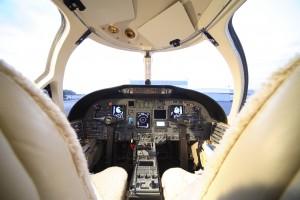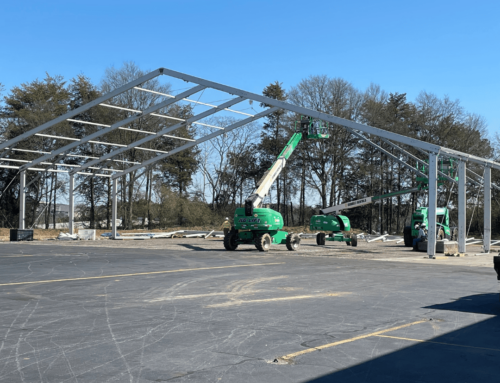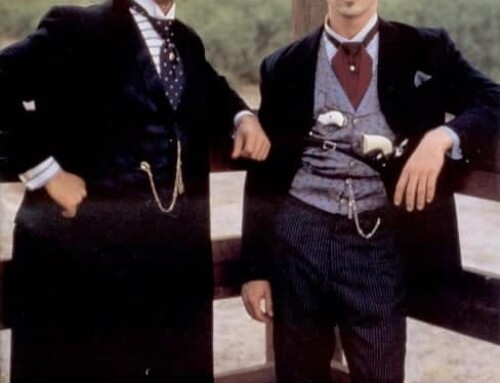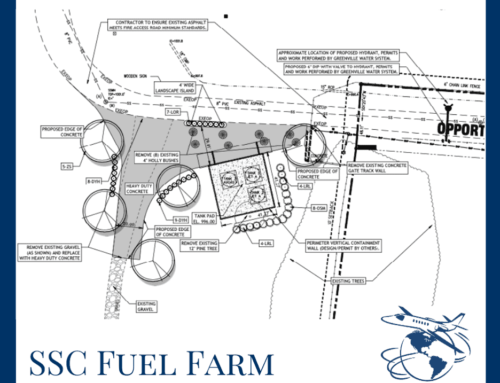 In earlier days, the autopilot was referred to as “George” flying…today George interfaces with the electronic crew member (e-crew), known as the “glass or automated cockpit.”
In earlier days, the autopilot was referred to as “George” flying…today George interfaces with the electronic crew member (e-crew), known as the “glass or automated cockpit.”
The micro-computer technology provision of sophisticated and complex cockpit automation in today’s aircraft paves the way for significantly safer aircraft operations. Cockpit automation must provide accurate information to pilots to make correct decisions that result in desirable outcomes.
However, accident investigations are revealing some inherent challenges related to cockpit automation that impedes the fully enhanced safety potential. The reliance on automation without adequate monitoring degrade situation awareness. Undetected programmed input and system malfunctions lead the list. However, the transition from automation to manual operation caused by these elements is showing a lack of pilot currency to perform during manual operations. This is the implication in the most recent accident headlines “Asiana Crash Probe Focused on Pilot Cockpit Automation,” requiring a transition from automation to manual operation. The crew’s lack of currency in the manual operation allegedly contributed probable cause.
The automated cockpit has shifted crew tasks from physical actions (less manual currency) to a cognitive process or role. Some of the most important tasks deal with programming, selecting, data input, and monitoring “George’s play-action with the e-crew member.” Pilots must understand, monitor, and “inspect what they expect.”
Cockpit automation requires pilot’s to be trained to understand, how to operate, and recognize early automation (abnormal and emergency) requiring possible manual operation. We must trust the automation, but verify that it is operating and performing conducive to the desired programmed results.
The challenge of pilot currency during cockpit automation malfunctions is suspect and under scrutiny. Another possible challenge for consideration is how much does the reliance on cockpit automation, camouflage proper crew training, experience, and currency?
Cockpit automation has soared for the past decades; has pilot training and currency kept up or reached parity? Seemingly to me, here are many warning indicators that it has not. What say you?
Jim Alexander
Director of Operation





Leave A Comment